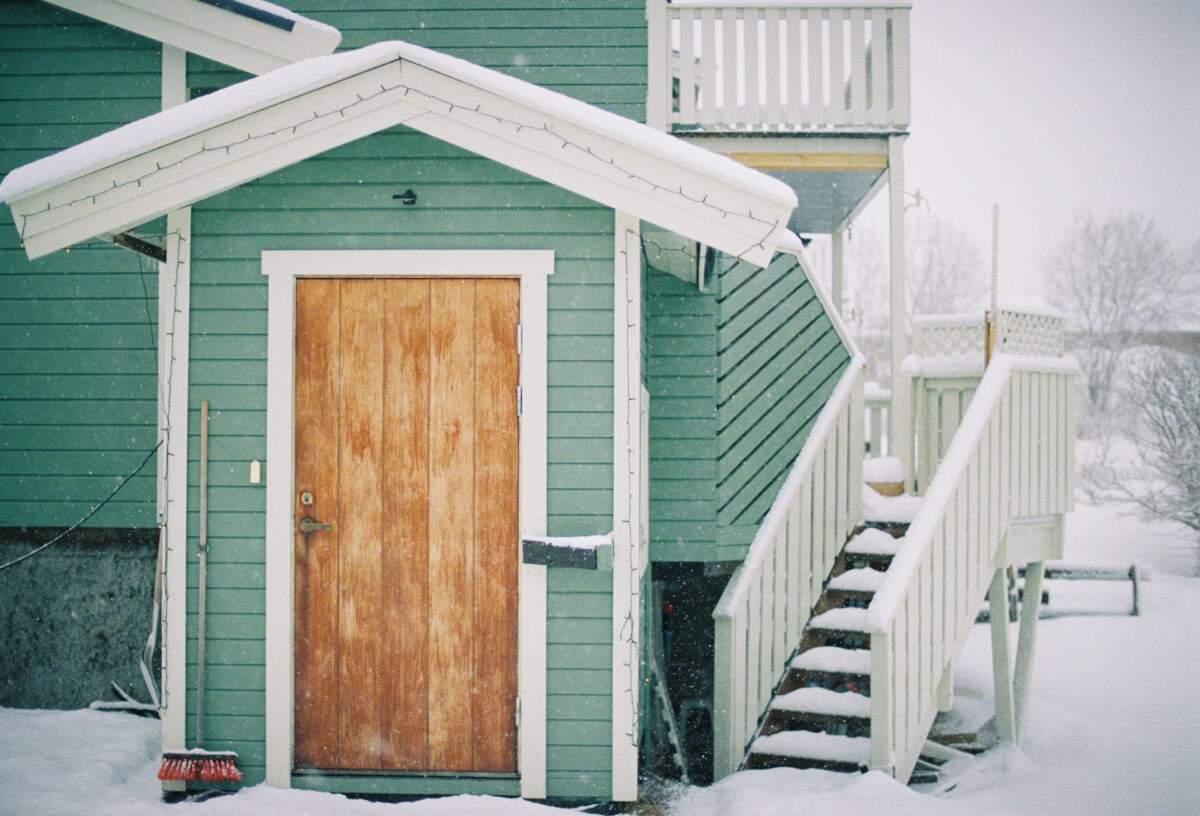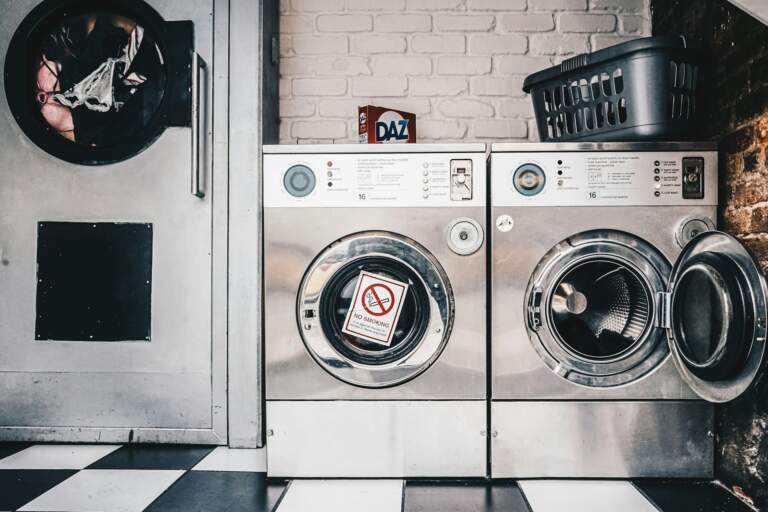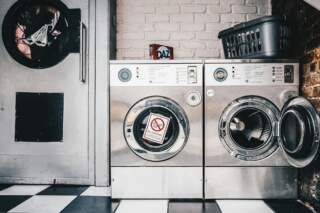As winter approaches, the risk of frozen pipes becomes a significant concern for homeowners and property managers. A frozen pipe can burst, leading to extensive water damage, costly repairs, and major disruptions.
Proactive measures are essential to safeguard your plumbing system from the severe effects of cold weather. Effective freeze protection not only prevents damage but also ensures a continuous water supply during the coldest months.
This post will explore various methods for protecting your water pipes from freezing temperatures. We will cover everything from simple insulation techniques to more advanced solutions like electrical heat tracing.
By understanding and implementing these strategies, you can prevent the headache and expense of burst pipes and ensure your winter plumbing remains reliable.
Understanding the Risk of Frozen Pipes
When water freezes, it expands by about 9%. This expansion exerts immense pressure on the inside of a pipe, whether it’s made of metal or plastic. If this pressure exceeds the pipe’s capacity, it will rupture.
The pipes most vulnerable to freezing are those in unheated areas of a home, such as basements, crawl spaces, attics, garages, and exterior walls.
Several factors contribute to the risk of frozen water pipes:
- Location: Pipes in uninsulated or poorly insulated areas are at the highest risk.
- Temperature: Consistently low temperatures, especially below 20°F (-6°C), significantly increase the likelihood of freezing.
- Wind Chill: Strong winds can accelerate heat loss from pipes, making them freeze faster.
- Lack of Water Flow: Standing water in pipes freezes more easily than moving water.
Understanding these risk factors is the first step toward implementing an effective freeze protection plan for your home.
Simple Insulation and Sealing Techniques
One of the most straightforward and cost-effective ways to protect your pipes is through proper insulation and sealing. These methods work by creating a barrier that slows heat loss, keeping the pipe’s surface temperature above freezing.
Pipe Insulation
Insulating your water pipes is a fundamental step in winter plumbing care. You can find several types of insulation at your local hardware store:
- Foam Pipe Sleeves: These are pre-slit tubes of foam that fit snugly around pipes. They are easy to install and come in various sizes.
- Fiberglass Pipe Wrap: This type of insulation is wrapped around the pipes and secured with tape. It’s effective for pipes with irregular shapes or in tight spaces.
- Rubber Pipe Insulation: Offering excellent thermal properties, rubber insulation is durable and resistant to moisture.
When installing insulation, ensure there are no gaps, as these can allow cold air to reach the pipe. Secure all seams with duct tape or cable ties for a tight fit.
Sealing Air Leaks
Cold air entering your home through cracks and openings can create localized cold spots that put your pipes at risk.
- Thoroughly inspect your home’s exterior, basement, and crawl spaces for any gaps.
- Use caulk or spray foam to seal cracks around windows, foundations, and where pipes or utility lines enter the house.
- This simple step not only protects your pipes but also improves your home’s overall energy efficiency.
The Role of Electrical Heat Tracing
For pipes that are highly exposed or located in extremely cold environments, insulation alone may not be enough.
This is where electrical heat tracing provides a more robust solution. Heat tracing systems, also known as heat tape or heat cables, are designed to apply a controlled amount of heat directly to the pipe to prevent freezing.
How Heat Tracing Works
An electrical heat tracing system consists of a flexible heating cable that is run along the length of the pipe. When the temperature drops to a certain point, the cable automatically heats up, keeping the water inside the pipe from freezing.
There are two main types of heat tracing cables:
- Self-Regulating Cables: These are the most popular choice for residential applications. The cable’s conductive core automatically adjusts its heat output based on the ambient temperature. It produces more heat in colder sections and less in warmer sections, making it energy-efficient and safe.
- Constant Wattage Cables: These cables provide a consistent heat output along their entire length, regardless of the temperature. They are typically used in industrial settings and require a thermostat for control.
Installation and Safety
Installing a heat tracing system is a manageable DIY project for many homeowners, but it’s crucial to follow the manufacturer’s instructions carefully.
- The cable is typically attached to the pipe with high-temperature application tape or cable ties.
- For plastic pipes, it’s recommended to wrap the pipe in aluminum foil before attaching the cable to help distribute the heat evenly.
- After the cable is installed, it should be covered with a layer of non-flammable insulation to maximize efficiency and protection.
- Always use a ground-fault circuit interrupter (GFCI) outlet to power the heat tracing system for safety.
Maintaining Indoor Temperatures
Maintaining a consistent temperature inside your home is a critical part of your overall freeze protection strategy. Even when you are away, keeping your home heated can prevent a plumbing disaster.
Thermostat Settings
During cold weather, it’s important to keep your thermostat set to a consistent temperature, both day and night.
- Avoid the temptation to turn the heat way down at night or when you leave for the day. A sudden drop in temperature could be enough to freeze vulnerable pipes.
- If you plan to be away for an extended period during the winter, set your thermostat no lower than 55°F (13°C).
Opening Cabinet Doors
For pipes located in kitchen or bathroom cabinets against an exterior wall, simply opening the cabinet doors can make a big difference. This allows warmer air from the room to circulate through the pipes, helping to keep them from freezing.
Emergency Measures During a Cold Snap
Sometimes, despite your best efforts, a sudden and severe cold snap can put your pipes at immediate risk. In these situations, there are a few emergency measures you can take.
Let Faucets Drip
Allowing a faucet to drip slowly can help prevent pipes from freezing. Even a small trickle of moving water can be enough to stop ice from forming. This is particularly effective for faucets served by pipes that are at high risk of freezing.
What to Do if a Pipe Freezes
If you turn on a faucet and only a trickle of water comes out, you may have a frozen pipe.
- Keep the faucet open. As you treat the frozen pipe and the ice begins to melt, the running water will help clear the line.
- Apply gentle heat to the frozen section of the pipe. You can use an electric heating pad, a portable space heater, or a hair dryer. Never use an open flame, like a blowtorch, as this can damage the pipe and create a fire hazard.
- Continue applying heat until full water pressure is restored. If you are unable to locate the frozen area or if the pipe has already burst, call a licensed plumber immediately.
Preparing Your Plumbing for Winter
A little preparation before the first freeze can save you a lot of trouble later. A comprehensive winter plumbing checklist is a great way to ensure you’ve covered all your bases.
Your Pre-Winter Checklist
- Drain Outdoor Water Lines: Disconnect, drain, and store all garden hoses. Close the interior shut-off valves for outdoor faucets (hose bibs), then open the outdoor faucets to drain any remaining water.
- Insulate Exposed Pipes: Check all pipes in unheated areas and apply insulation where needed.
- Seal Air Leaks: Inspect your home for any drafts or cracks and seal them.
- Install Heat Tracing: Consider installing an electrical heat tracing system on particularly vulnerable pipes.
- Know Your Main Water Shut-Off: Locate your home’s main water shut-off valve and make sure it is in working order. In the event of a burst pipe, shutting off the water quickly can minimize damage.
Secure Your System This Winter
Protecting your water pipes from freezing is a crucial aspect of home maintenance. By combining simple insulation techniques with more advanced solutions like electrical heat tracing, you can create a robust defense against the cold.
Regular inspections and proactive preparation will ensure your winter plumbing remains secure, saving you from the stress and expense of a burst pipe. Don’t wait for a deep freeze to take action; start preparing your home today.










